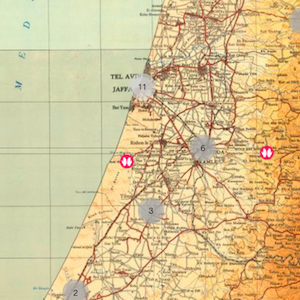Browse
Imperial/ Colonial

Source
Hernán Cortés: Second Letter to Emperor Charles V, 1520
This text is an excerpt of a letter sent from Spanish conquistador Hernán Cortés to the Spanish King, Charles V, in 1520.

Review
Crash Course World History
Crash Course World History is a perfect supplementary video overview for AP students, but it is too fast and jumpy to be the main source of learning for a class.Review
Africa Past & Present Podcast
The podcast could serve as a useful tool for Africa experts to stay up-to-date on scholarship, for professors in other areas to broaden their knowledge of Africa and establish relevant connections, and for students to engage in analysis of “texts” beyond the written word.
Review
Livingstone Online
While the site is primarily dedicated to digitising the famed British explorer’s works, Livingstone Online is far more than a mere repository of primary sources.
Review
Teaching East Asia Online Curriculum Projects
The lessons provided are insightful explorations of Japanese history that strike a balance between academic rigour, accessibility, and being able to draw student attention, making them a valuable addition to any world history teacher’s toolkit.
Review
A History of the World in 100 Objects
Overall A History of the World in 100 Objects is a great resource to teach world history through visual culture in an accessible and succinct format for both school and college-level classes.
Review
Tasveer Ghar (A House of Pictures)
This database would be most useful for instructors teaching modern South Asia and for students in college-level seminars.
Review
Mediateca INAH
Mediateca INAH facilitates virtual engagements with over half a million interrelated digital reproductions of maps, paintings, sculptures, photographs, audio recordings, documentaries, books, as well as other textual primary sources.
Review
Palestinian Oral History Map
Drawing from thousands of hours of interviews from the Palestinian Oral History Archive (POHA), the map provides a stunning visual representation of Palestine in the 1940s, bringing interviewees’ memories of their lost homeland to life.
Source
Africae tabula noua
This standard map of Africa came from a popular Atlas in the late sixteenth century.